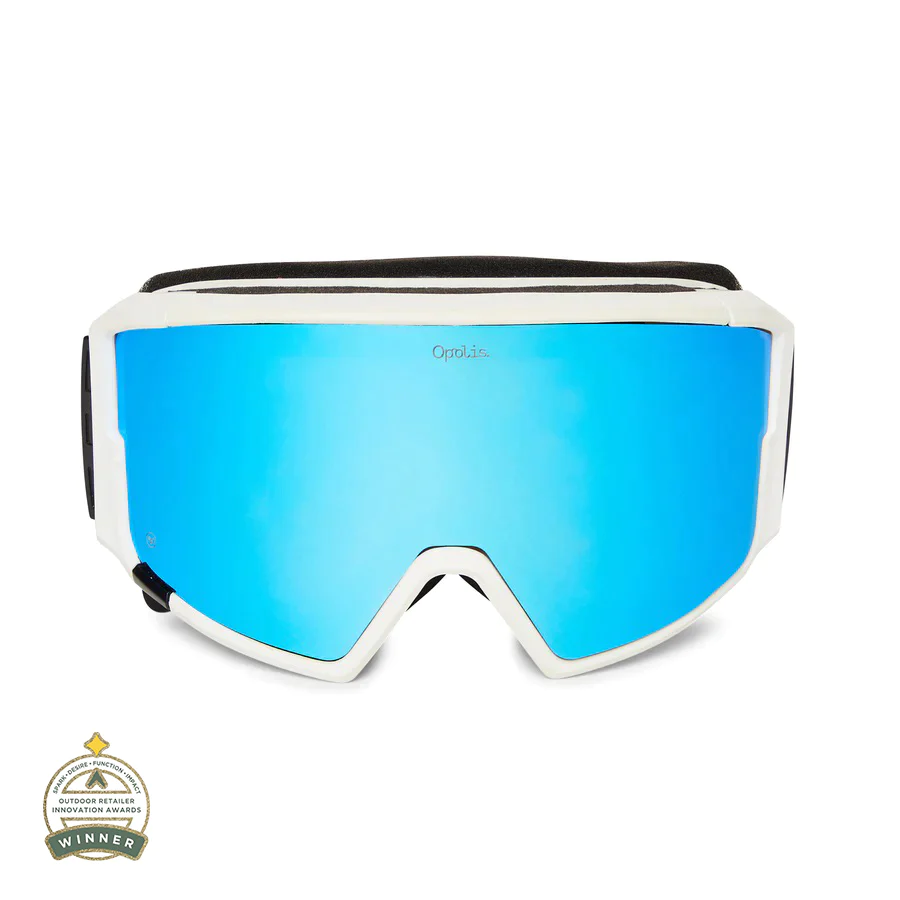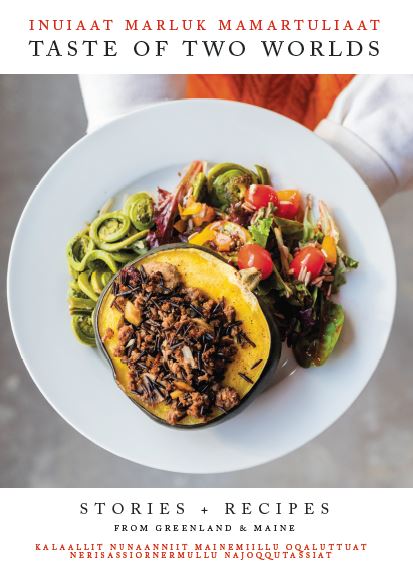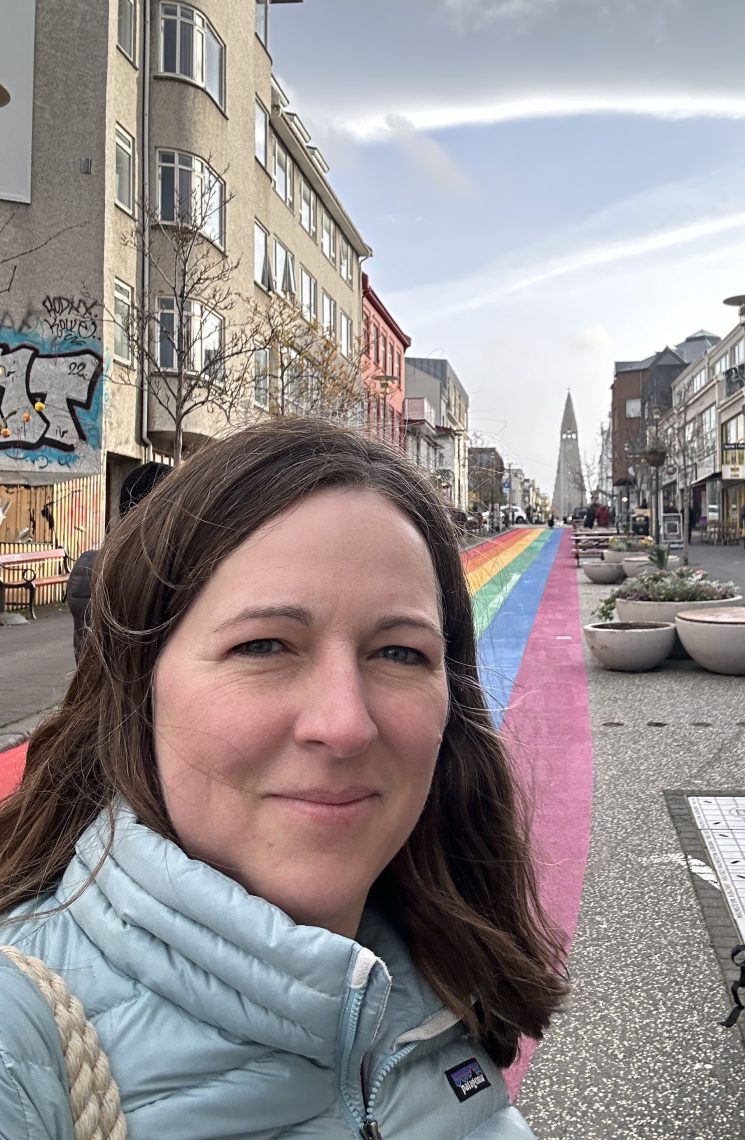Since the University of Southern Maine started partnering with the New England Ocean Cluster in 2015, University students and faculty have helped get startups off the ground, helped create environmentally conscious products, formed international collaborations, and worked on projects that could have local, national, or world-wide significance.
Here is some of that work.
What it is: A startup working to replace petroleum-based plastics in fishing and aquaculture with a plastic-substitute made from kelp.
How USM has been involved: After some initial benchmark testing done by USM’s Composite Engineering Research Laboratory (CERL) in 2021, Dr. Asheesh Lanba, Assistant Professor of Mechanical Engineering and CERL leader, helped Viable Gear get a $30,000 grant through the UMS Gateway CONVERGE seed grants.That grant paid for two students at CERL to work on making twine fibers from kelp. The results of that work and CERL’s technical write-up recently helped Viable Gear get a $170,000 Small Business Innovation Research (SBIR) grant through the National Oceanic and Atmospheric Administration.
Status: Work continues. Viable Gear was recently featured by the Global Seafood Alliance.
What people have to say: “Now that CERL is getting funding as sub-award on that SBIR grant, we’re definitely going to have our student intern doing a lot of hands-on work on that project for Viable Gear Co. He’s also actually doing a lot of the hands-on work that we started for Opolis,” Lanba said.
What it is: A startup working on plant-based and reused plastic waste to make consumer goods, starting with sunglasses.

How USM has been involved: CERL has been working with Opolis Optics since 2021. After some initial, promising testing from CERL, Opolis was recently awarded a $25,000 grant from the Maine Technology Institute to continue developing custom plastic blends to turn recycled waste — often plastic bottles pulled from the ocean — into consumer goods like sunglasses and goggles.
Status: Opolis’ sustainable sunglasses and goggles are on sale. CERL is working on ways to increase the amount of recycled plastic in Opolis’ products.
What people have to say: “It’s quite fascinating. Everything I learned (in class) I was able to see in CERL with my eyes,” said Tymur Sabirov, a third-year student majoring in Mechanical Engineering and a CERL intern working on both Viable Gear and Opolis. “It definitely gives you an understanding of how workflow may be and how the whole process of material testing should be done. It’s shown me the way of thinking about engineering — not the book way but the real life way.”
School of Business MBA Practicum and Undergraduate Internship
What it is: High-level opportunity for MBA graduate students to serve as consultants to various clients and for undergraduates in Business or Marketing to serve as research assistants and help with client presentations.
How USM has been involved: Last spring, students worked with NASA, L.L. Bean, and three start-ups connected with NEOC — Finsulate USA, Ocean Farm Supply, and Everything Seaweed — to research market opportunities, customer behavior, sales automation and forecasting, and online marketing optimization. For one of the NEOC startups, undergrads did an industry analysis of five different industries looking for an opportunity with seaweed extracts.
Status: The spring project was so successful that organizers hope to expand to more students and offer slots to students outside Marketing and Business, such as those in Engineering.
What people have to say: “It’s a great way to introduce research but also to do some really practical, high-touch experiential stuff that may be the type of work that you might be doing if you worked at a consulting firm and you were an entry-level consultant supporting a senior consulting team,” said Richard Bilodeau, faculty supervisor for the undergraduate interns on the project.
What it is: A collaboration between Greenlandic and American institutes of higher education, including USM’s Tourism and Hospitality Program, the University of Alaska Fairbanks, and the Greenland Institute of Natural Resources. The goal is to build education in Greenland for land and fisheries management, sustainable tourism and hospitality through professional relationships and ongoing cooperation between higher education and vocational schools.

How USM has been involved: Maine and Iceland have much in common — lots of rural areas with limited cities, large swaths of uninhabited spaces, gorgeous land, and a wealth of nature-based tourism opportunities. Because of the similarity, it made sense for the two to partner when Iceland wanted to learn more about Maine’s way of tourism. In 2018, USM’s Tourism and Hospitality Program helped establish a Masters of Business Administration-tourism concentration at Reykjavik University to teach Icelanders both tourism business skills and how to become thoughtful managers of natural resources. Since then, USM’s Tourism students have worked on research projects, presentations, relationship building, and sustainability plans in Iceland. Dr. Tracy Michaud, Associate Professor of Tourism and Hospitality, led that effort and has regularly taught classes at Reykjavik University. That experience led to the opportunity to run the Arctic Education Alliance.
Just before the pandemic, the U.S. State Department offered a grant for an American consortium to work with Greenland on higher ed programs around sustainable tourism and hospitality, fisheries, maritime, development and land management. Partnering with the Greenland Institute of Natural Resources and University of Alaska Fairbanks, USM has worked with higher ed institutions in Greenland on project requests — including gauging landscape change through satellite images, co-creating a cookbook that features recipes from indigenous peoples, and creating a curriculum with Campus Kujalleq (CAK-Greenland’s tourism school) around sustainable tourism development in partnership with South Greenland’s UNESCO World Heritage site.

Status: Recently published, the cookbook has been nominated in five categories for the Gourmand Awards, which honor the best food and wine books each year. Using both a tourist site assessment and local community stakeholder interviews, students from USM and Campus Kujalleq (CAK), a center for upper secondary and higher education in South Greenland, completed research and submitted a report to South Greenland’s UNESCO World Heritage site staff with management recommendations for protected destinations. CAK students presented this work to the Greenland/USA Joint committee in Qaqortoq, Greenland, in September and USM Tourism and Hospitality students presented this work at the Arctic Circle Conference in Reykjavik in October 2023. CAK and USM’s Tourism and Hospitality Program plan to bring Greenland students to USM in partnership with Wabanaki Public Health and Wellness for eight weeks each summer for academic training in the U.S. travel market, best practices in tourism management, making curriculum indigenous-inclusive, and workforce training.
What people have to say: “It just really expands opportunities. As a student, it expands knowledge,” said Lisa Luken, ’22, who is now working on her PhD in Leadership Studies and has participated in several USM-Arctic projects. “I think it’s something you don’t know you’re missing until you have it. Then you’re like, ‘Oh! This is such a great extension of my education.’”
SustainaMetrix/COBALT/Team Zostera
What it is: Founded by Glenn Page, the three organizations are tied together by their work for the environment. SustainaMetrix is a high-level consultancy that looks at complex issues on a global and national scale. The Collaborative for Bioregional Action Learning & Transformation (COBALT) is a nonprofit that has a bio-regional focus. Team Zostera, a project of COBALT, spotlights seagrass meadows.
How USM has been involved: Student interns have largely been focused on COBALT and Team Zostera, working on a range of projects — including conducting field interviews and mapping out and documenting the Casco Bay fiber shed.
Status: Students have been so helpful that Page is already looking for interns for spring.
What people have to say: “They’re all connected, and that’s part of the learning that students gain is to understand the nested, interrelated, interconnected set of issues, the patterns, etc. that link them together,” said Page. He added, “The quality of the students, I would say, has been impressive.”

